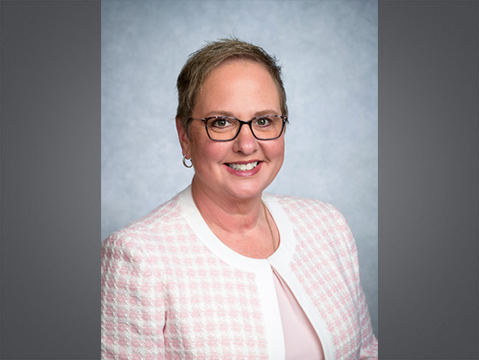Arts & Events
March 17, 2025
UAB Piano Series presents Fei-Fei on March 23
The Van Cliburn 2013 finalist will perform a program of works by Claude Debussy, Sergei Rachmaninoff, Nadia Boulanger and Franz Liszt.
Find an Expert
Browse our list of UAB experts who can provide insights on timely news and research. To contact an expert, please coordinate with the public relations specialist associated with each individual.
Find an ExpertHealth & Medicine

March 13, 2025
UAB Comprehensive Snakebite Program is the only program in the state to offer snakebite care in an outpatient setting


February 27, 2025
Six signs it is time to see a cardiologist
Research & Innovation
People of UAB

March 12, 2025
UAB ophthalmology professor awarded prestigious award for vision research in diabetic retinopathy and macular degeneration

March 11, 2025
Watts, Fouad inducted into Alabama Engineering Hall of Fame

February 18, 2025
Cooper Green’s Heather Bradley wins InspireHER award
Arts & Events

March 18, 2025
Attend a UAB Arts Week event March 31-April 8

March 13, 2025














